Gil Smith designed and built around 400 boats for the shallow waters of New York’s Great South Bay between the 1860s and 1936. In his early years he mostly built working craft, such as oyster-fishing boats. Speed was an advantage for these craft, as beating competitors to the market might ensure a higher price. These working craft typically had a generous beam to provide form stability, plenty of room for the catch, and low freeboard aft for ease of landing that catch.Smith transferred these basic characteristics to the pleasure boats he later designed and built, when the decline of the oyster fishery coincided with a boom in local tourism. These boats have seen a resurgence in popularity in recent years, thanks largely to the efforts of Donn Constanzo of Greenport, New York, whose company, Wooden Boatworks, recently built a replica of Smith’s 36' 9" sloop KID—an evolution of the signature Gil Smith hull shape. Costanzo has described Smith as “the finest designer of shoal draft yachts ever.”Smith produced his 21' 6" catboat LUCILE in 1891, when he was at the height of his popularity. This boat’s raked elliptical transom, plumb stem, and generous beam were typical of his designs of that time. The boat under consideration here is a scaled-down interpretation of that boat—a 14-footer built by a student at the U.K.’s Lyme Regis Boatbuilding Academy.
Join The Conversation
We welcome your comments about this article. If you’d like to include a photo or a video with your comment, please email the file or link.

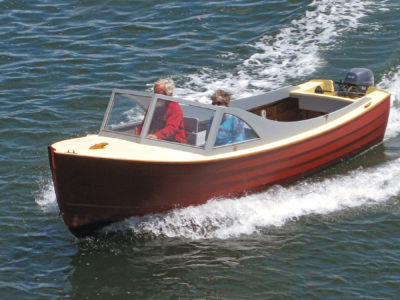
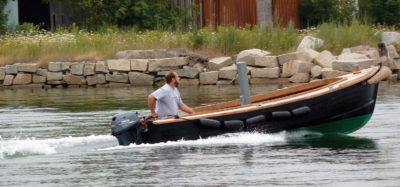

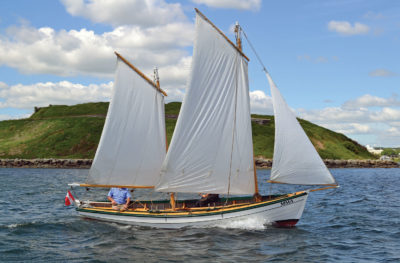
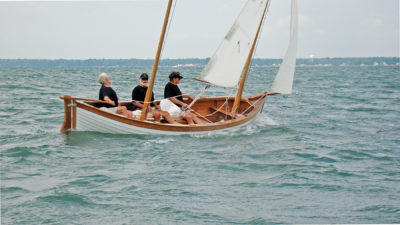
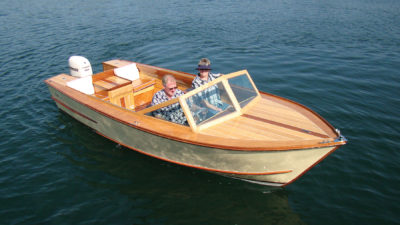
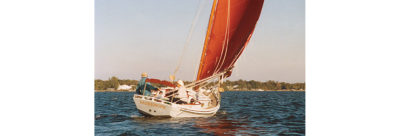
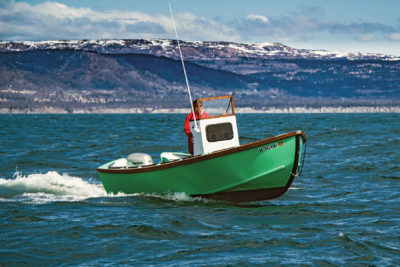
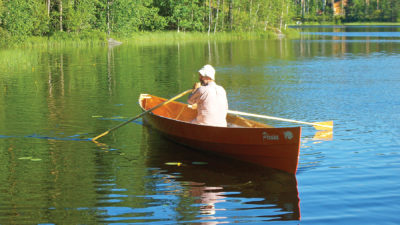
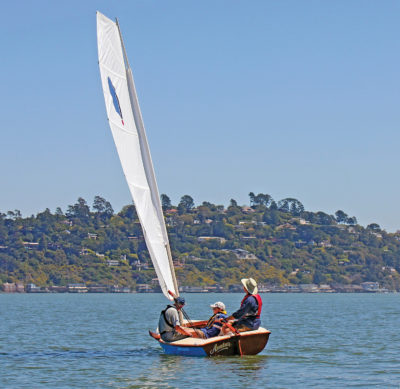
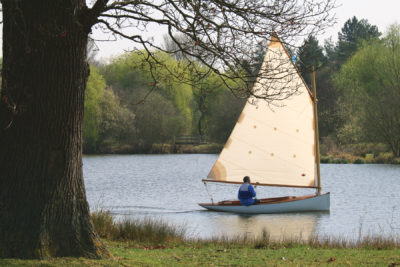
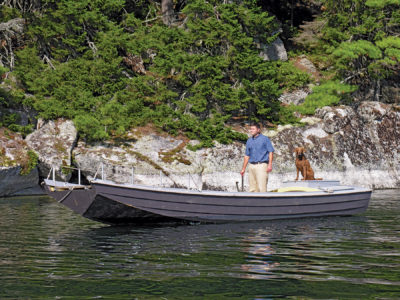
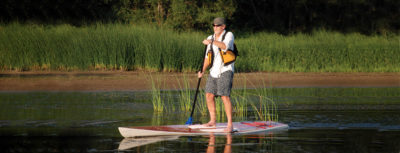
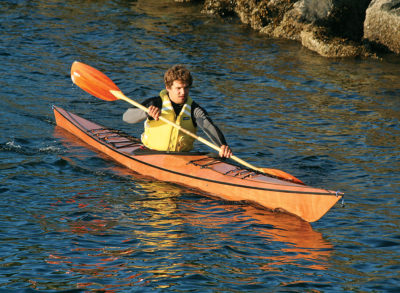
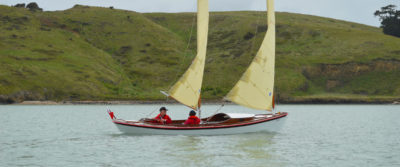
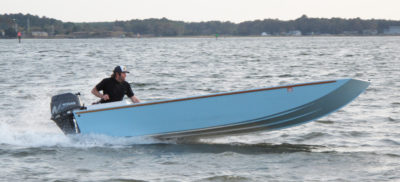
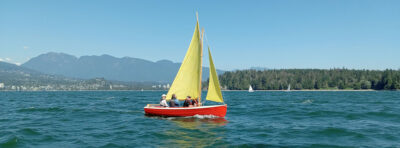
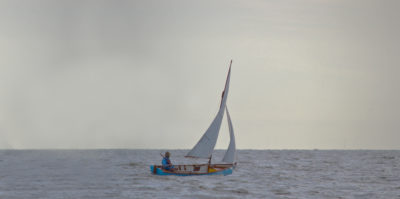
Gil Smith’s Great South Bay has always been my favorite cat boat. I am a wooden-boat builder and have made a half model of this beautiful boat. I am wondering if you laid the lines down for your 14 footer and should you have the offsets, I would be most honored to pay you for the measurements. I am elderly now, but it would be great for me to build this boat in my boat shop. Great idea to build a smaller version of this great little boat. Thanks and best regards.
Hello, and thank you kindly for this story. I have completed a Hvalsoe 13 and a Nutshell pram. Lucie looks like a 2022-2023 winter project.
I am 77 but would love to have offsets and or plans for Lucie. (I might change her name to an old girlfriend of mine)
Thanks for the article,
Brian Mosher,
Bayswater,
Lunenburg County, NS
What an elegant little boat!
She looks like a dream 🙂
She certainly is very attractive, both in construction and on the water. If there are plans to release the plans then I too would be interested to subscribe.
Thanks and well done!